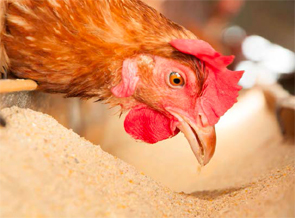It is very important to discuss the specifics of hazard control tasks with the operators and supervisors responsible for performing and reviewing these tasks in order to gauge the level of understanding and identify areas for improvement or clarification. This will prevent future misinterpretation and bring out aspects of the task that may be difficult or impractical to implement consistently. An important component to be clearly established is corrective action, which must be immediately triggered whenever a process deviation is identified. This will include immediate action to bring the process back under control, together with identification and segregation of any affected product or ingredient. This is followed by root cause analysis to determine why the deviation occurred and prevent recurrence. Qualified evaluation of the process data and affected product is then done to determine effective disposition options. All of this must be clearly documented and verified to be effective. The handling of customer complaints must also be linked to effective corrective actions to minimize the risk that these complaints will be retriggered.
An additional component of the feed safety control system is the design and implementation of an effective traceability program that can track key ingredients such as medications from suppliers through to customers. This program should be tested every year at minimum to evaluate how well it works in practice. In the event of a hazardous product or ingredient defect, an effective traceability program can minimize the spread of hazards through the supply chain and help control the extent of product withdrawals or recalls. A comprehensive recall program with updated contact lists and steps to determine the need for customer or regulatory agency communication must also be established.
Once your feed safety system is implemented, its overall effectiveness must be verified at least annually. This involves a thorough internal audit of the entire feed safety management system by a trained internal audit team, with prompt follow up to correct and re-verify any deficiencies identified. To provide experienced, demonstrably independent verification of the effectiveness of your feed safety system, a third-party audit can be a cost-effective option. If this external audit is done by an audit company with specific experience in animal feed safety auditing, it will provide valuable insight and feedback on the effectiveness of your system and allow you to better demonstrate this third-party verified system to customers and regulatory agencies such as the FDA.
Finally, all of the information from audits, inspections, customer feedback, regulatory visit records, product/ingredient testing, supplier monitoring, and industry contacts must be discussed amongst the feed safety team and senior management during structured management review meetings at least annually. These meetings are used to identify changes, system status, and needs for updates, resources, or improvements. Regular system updating will ensure your feed safety control system remains effective and keeps your company at the leading edge of the animal feed industry.
Muliyil is the food technical program manager for SGS North America. Reach him at [email protected].
ACCESS THE FULL VERSION OF THIS ARTICLE
To view this article and gain unlimited access to premium content on the FQ&S website, register for your FREE account. Build your profile and create a personalized experience today! Sign up is easy!
GET STARTED
Already have an account? LOGIN

